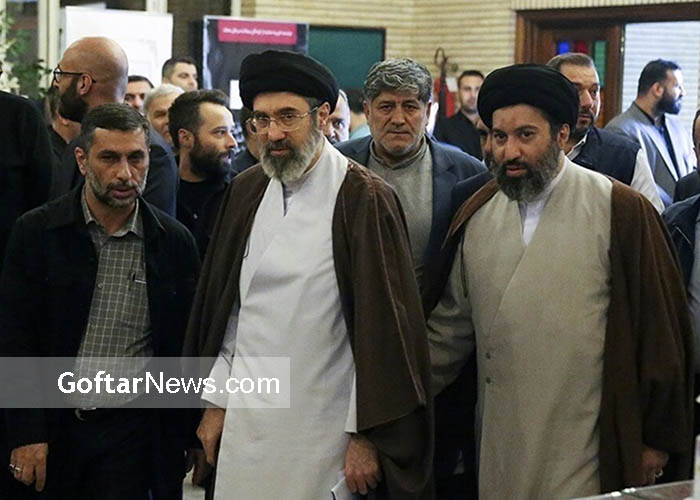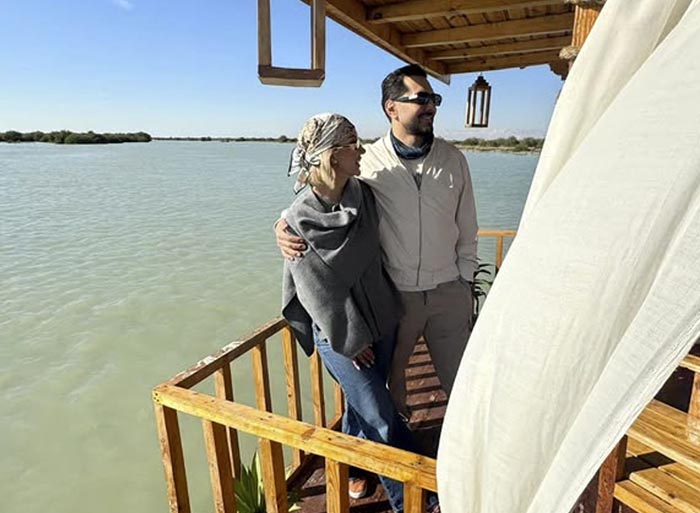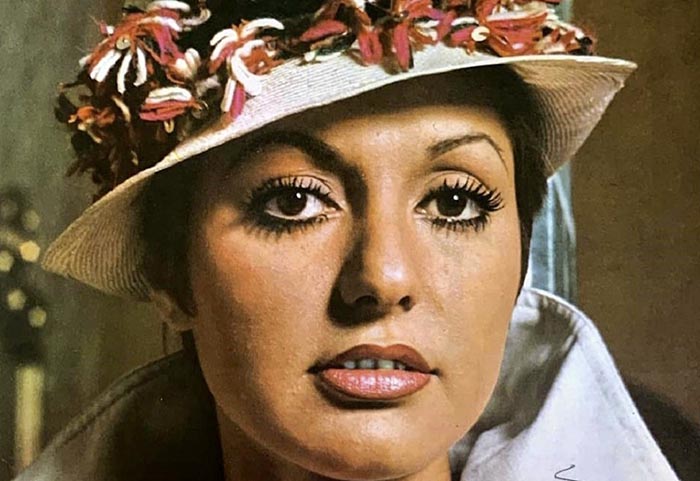The Funeral Ceremony of Hamidreza Haqqanian: Mojtaba Khamenei’s Attendance
Early Life and Education
Mojtaba was born in Mashhad in 1969 and is the second son of Ali Khamenei. His educational journey began with theology, and his early teachers included his father and Ayatollah Mahmoud Hashemi Shahroudi. Subsequently, he pursued further theological studies in Qom, studying under the guidance of prominent scholars such as Mohammad-Taqi Mesbah-Yazdi, Ayatollah Lotfollah Safi Golpaygani, and Mohammad Bagher Kharazi.
The Uniting Power of Funerals
Funerals in Iran, such as that of Hamidreza Haqqanian, bring together individuals from diverse backgrounds. The attendees include political figures, military leaders, religious scholars, and artists. Their collective presence underscores the unity that transcends political or ideological differences during moments of loss.
- Mojtaba Khamenei’s Presence: The attendance of Mojtaba Khamenei, the son of Iran’s Supreme Leader, adds to the significance of the event. His presence highlights the strong ties within the Iranian political and religious elite and underscores the importance of the ceremony.
- Cross-Party Solidarity: The participation of individuals with varying political affiliations like Mohammad Javad Zarif and Ali Larijani signifies the solidarity that can emerge across political boundaries in times of grief. It’s a reminder that, at the core, they share the values of compassion and respect.
- Military Tribute: The presence of high-ranking military figures, including Sardar Haider Nejat Moslehi and Sardar Abdullah Jasbi, is a mark of respect for the Haqqanian family’s connection to the military establishment. It also underlines the reverence for the deceased.
- Religious Representation: The attendance of religious leaders like Hojjat-ul-Islam Seyed Jamjatbi Khamenei and Hojjat-ul-Islam Seyed Maisam Khamenei reinforces the religious and spiritual significance of the ceremony. It’s a testimony to the deep intertwining of faith and culture in Iran.
- Cultural Involvement: Figures from the world of art, such as Majid Majidi, join to pay their respects, highlighting the cultural importance of the event. It underscores that culture is an integral part of the grieving and healing process.





